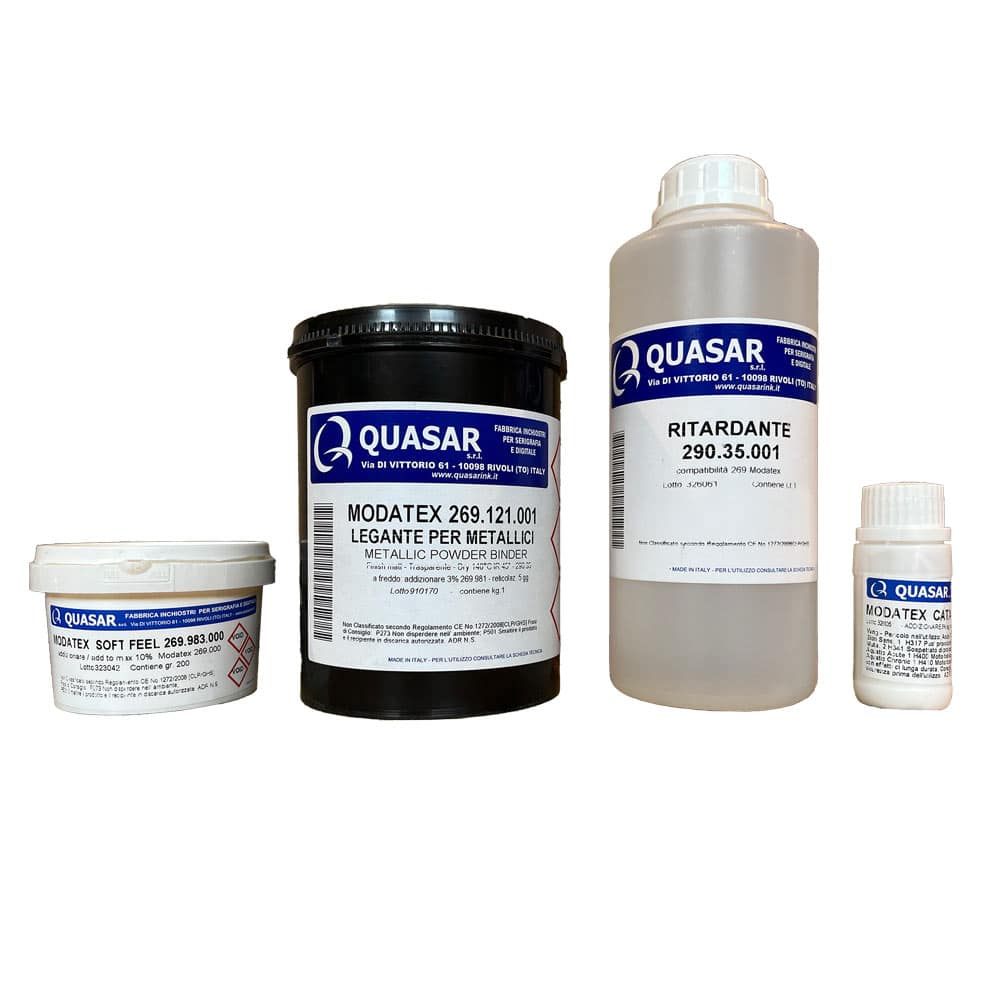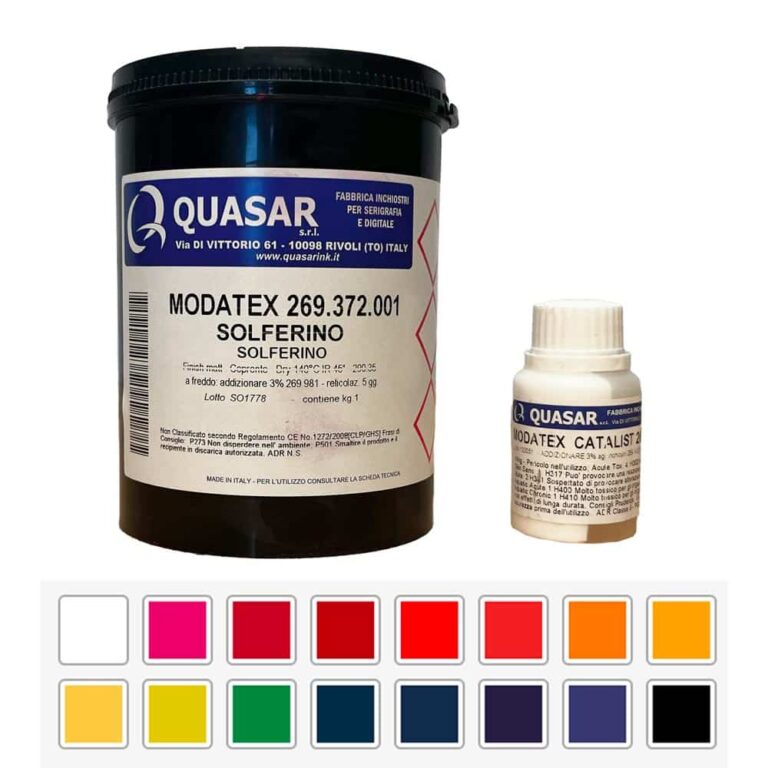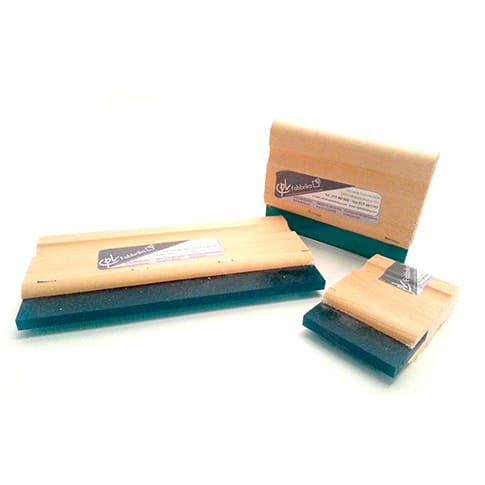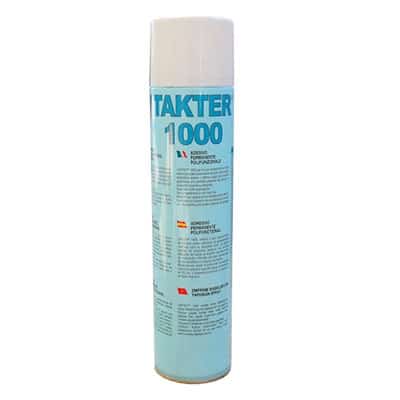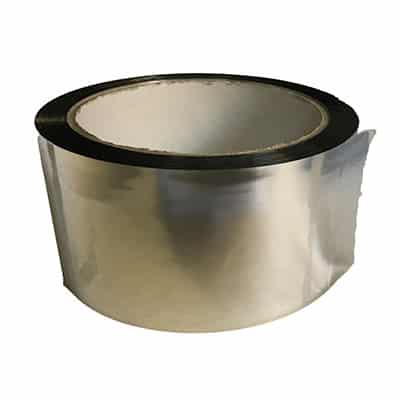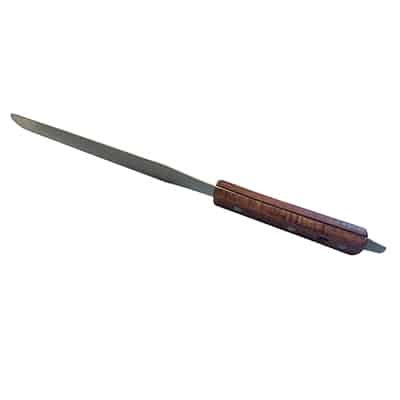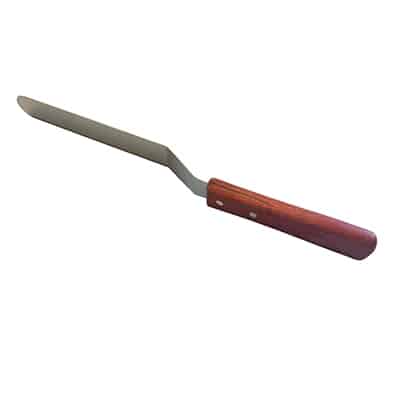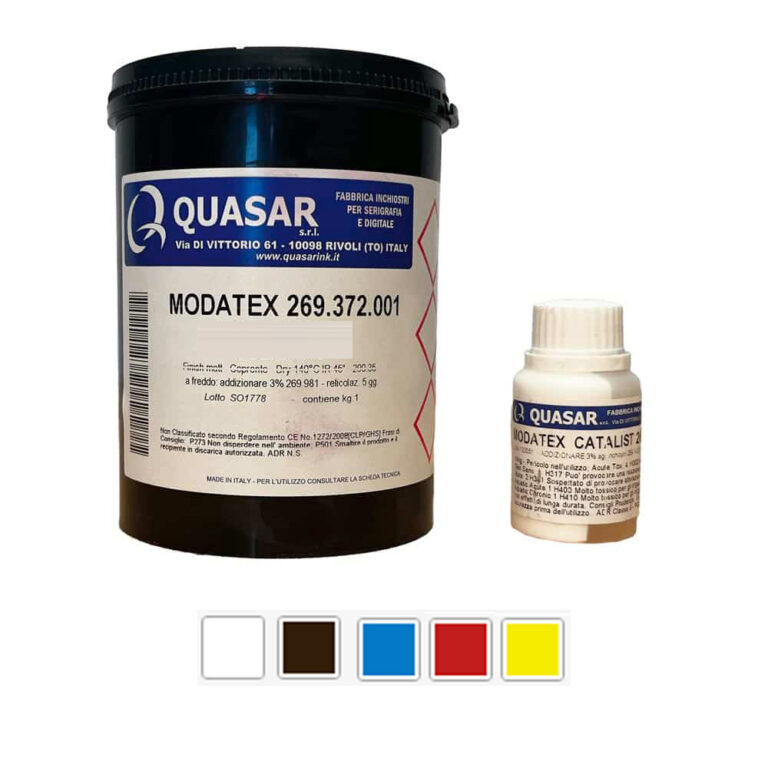Modatex Quasar ink is single-colour when used with a hot air oven.
It is characterised by a soft hand even on very thick layers.
Modatex Quasar can be used on mixed and synthetic fabrics and has great elasticity.
It is used on cotton fabrics, which are also fairly elastic.
Resistance to washing is achieved by perfect oven drying.
We recommend mixing the hardener with the ink only for the portion of the ink that is used.
The hardener should be added in the proportion of 3% to the ink you wish to use for printing.
In any case, the hardener does not spoil the ink with which it is mixed, it simply loses its hardening effect after a couple of hours, thus requiring a new addition to the ink.
In other words, the hardener does not spoil the entire can of screen printing ink.
When reusing screen-printing ink, if more than 200 hours (approx. 1 week) have passed, a new hardener will have to be added.
The use of the oven could replace the use of the hardener, however, the addition of the hardener to the ink is always recommended.
